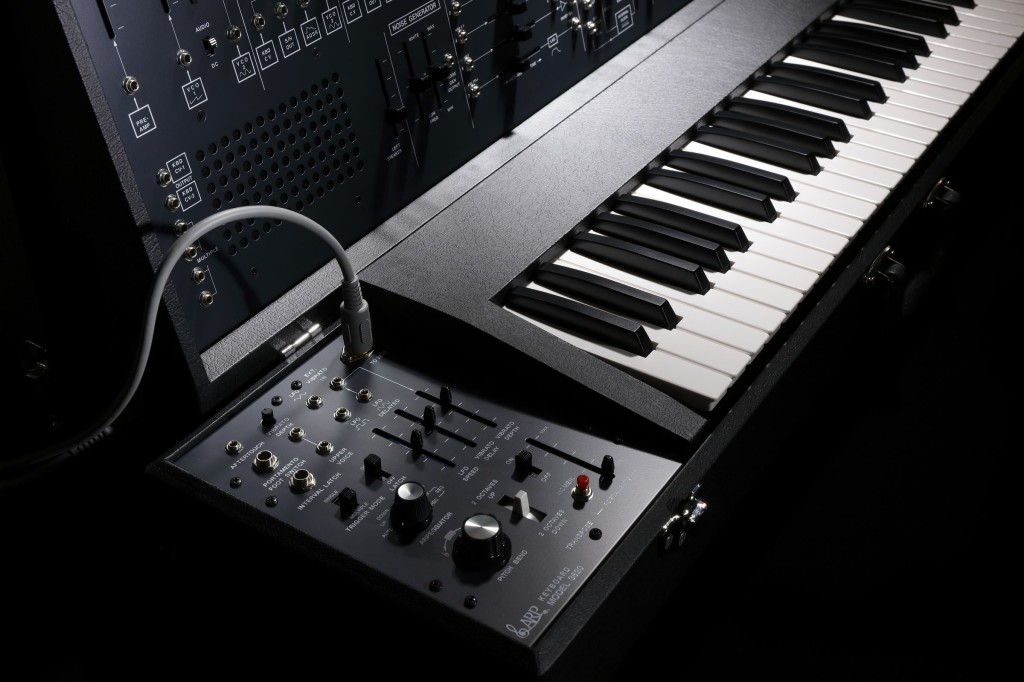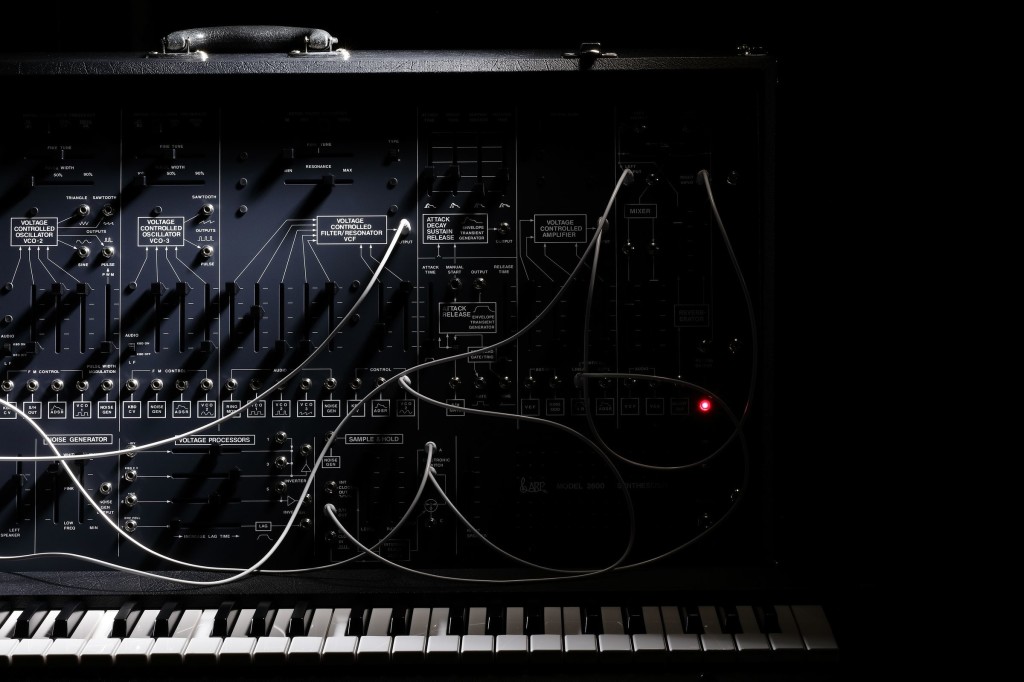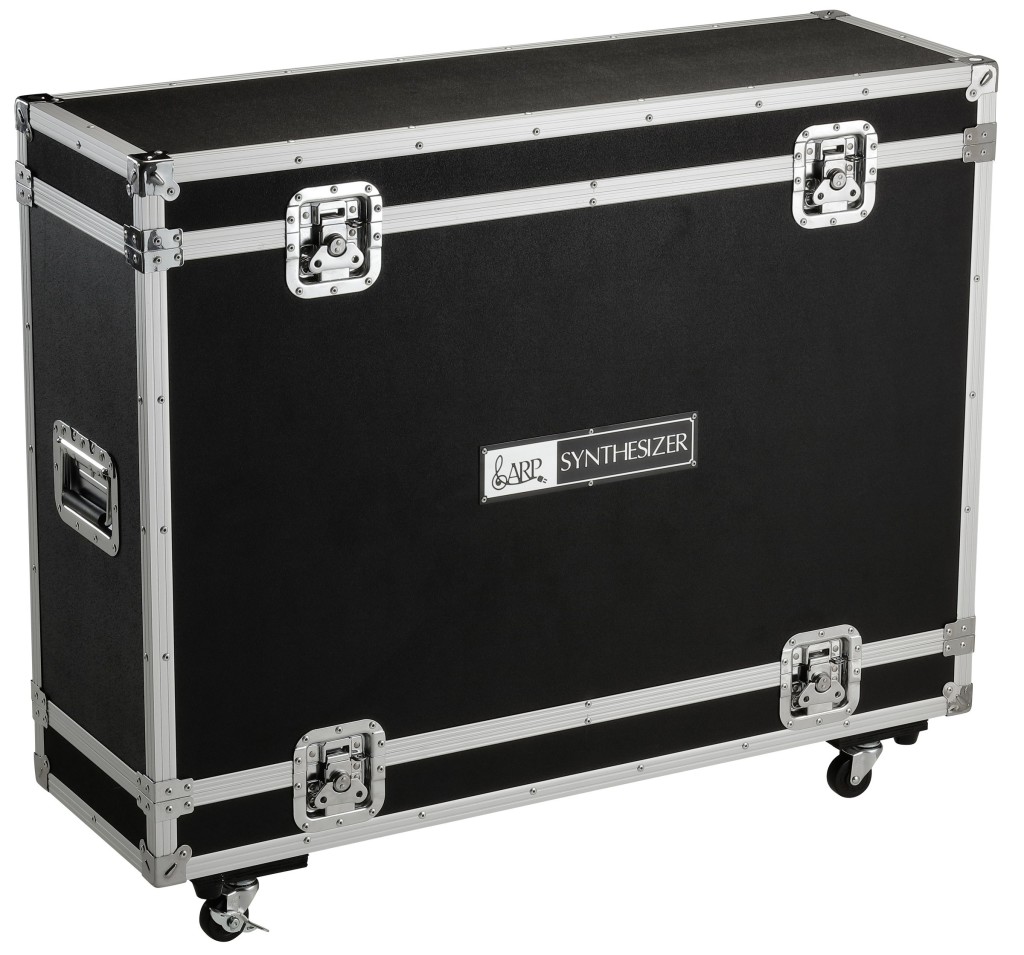As expected, we’re getting a limited-run, faithful recreation of the ARP 2600, one of the best-known semi-modular instruments of all time.
It’s 1970 all over again.
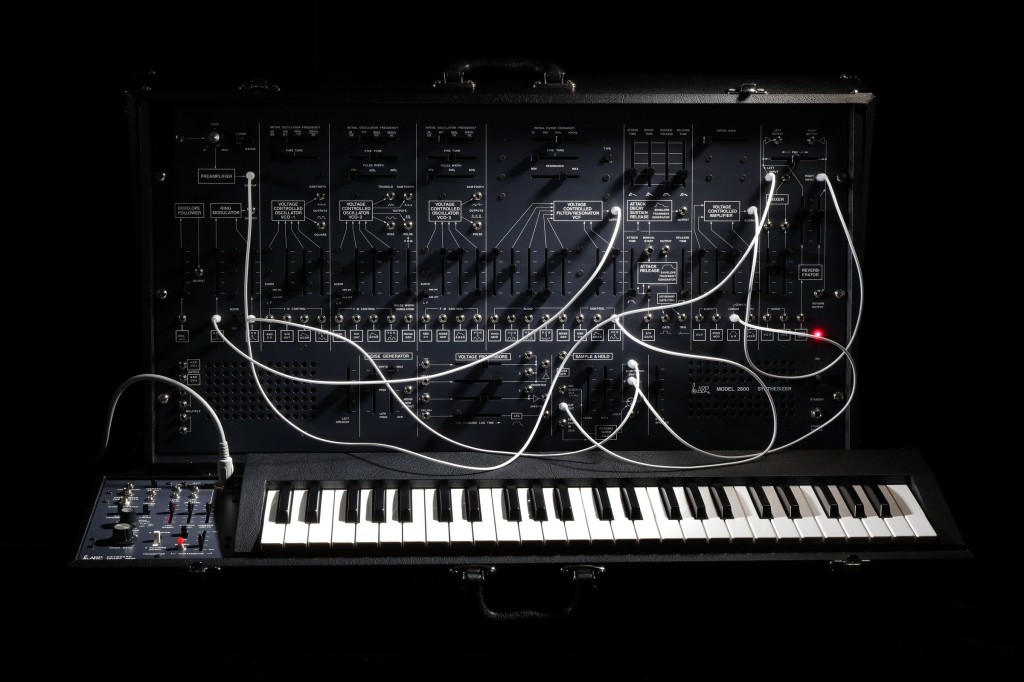
In a partnership between Japanese manufacturer KORG, who now have the ARP brand name at their disposal, and ARP co-founder David Friend, “ARP Instruments” is back as a maker. There’s now an arpsynth.com website, and the press release actually says ARP on it in big letters rather than KORG. It’s technically speaking still a KORG product, but it seems KORG are leaning hard on the authenticity of what they’re making, and the fact that they worked with ARP veterans.
Branding aside, the actual product really does look, sound, and operate effectively like the original, with only some minor affordances to modern convenience. So yes, there’s of course USB and MIDI DIN I/O plus XLR audio output – we aren’t Cro-Magnon humans here.
But otherwise, what you get is a 1970 package – and a strange realization that what was an advanced synthesizer a half century ago is still a powerful workstation today. (Well, hey, the violin and piano have lasted far longer than 50 years.)
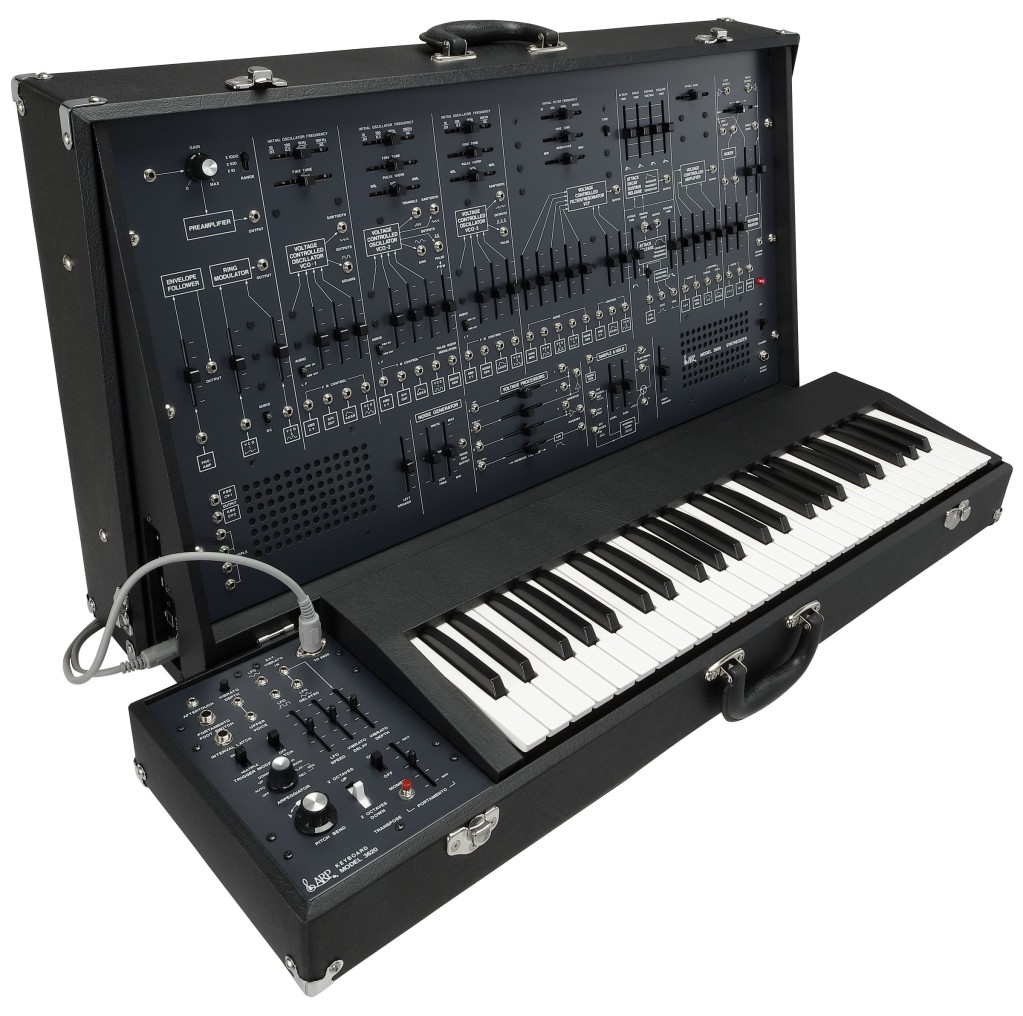
Some of those features:
- ARP 3620 duophonic keyboard (the improved model)
- Tons of oscillators, envelopes, filter, amplifier – something that could well give a Eurorack kit of the same price a run for its money
- Audio preamp for input
- Ring modulation, lag and voltage processors, envelope follower
- Clock-able switch (which now can also work with USB + MIDI)
- Aux mixer, plus parallel-wired multis
- Sample and hold module, signal inverters
- Spring reverb tank
- Built-in monitor speakers
- Integrated carry case
Maybe the 2600 was just ahead of its time. With normalled paths for signal, and even 3.5mm minijacks (1/8″) – just like modern Euro, but from 1970 – the 2600 almost looks like it was made for today’s market.
It’s got flexible envelopes, tunable noise, solid 4-pole filters with -24/dB rolloff, and it’s just eminently playable, thanks to all those easy-access sliders.
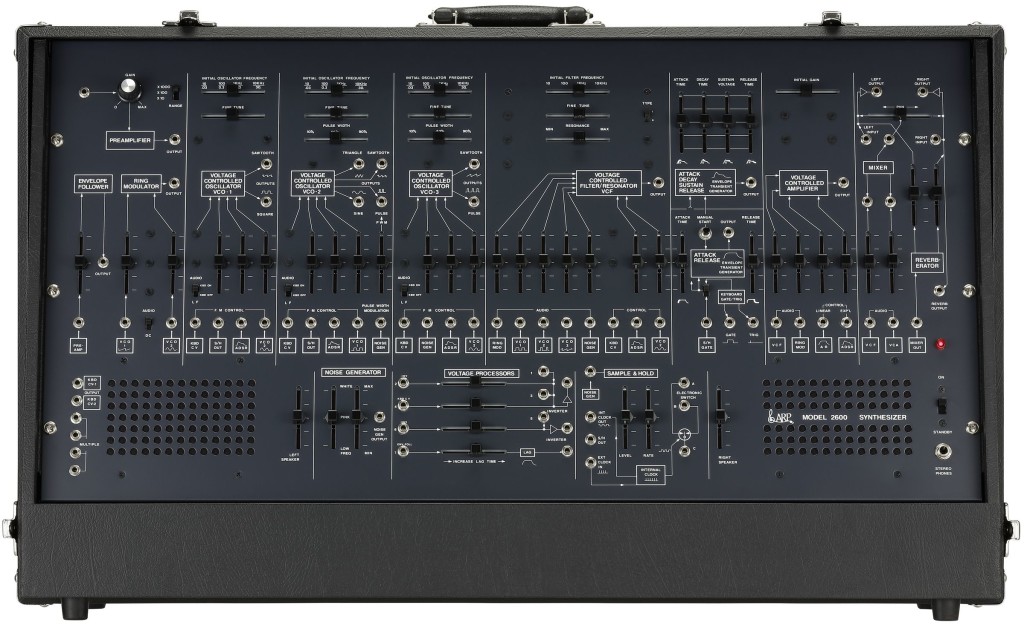
And maybe that’s a good thing about all these recreations. They give hands-on access to some of the best designs of the past, and force new designs to compete – and genuinely improve on what came before. That’s always been the case with acoustic instruments, who likewise benefit from high-quality makers and not only cheap clones.
Or at least, that’s the potential if musicians educate themselves about these instruments and imagine new ideas, rather than just blindly following old brands because they’re established.
There’s already a preorder available, for US $3,899.99, with shipping next month. Happy Valentine’s Day to … someone with a generous partner.
That sounds high, but it’s notably below the price of digital workstations like even KORG’s OASYS not so long ago, even before accounting for inflation. And many Eurorack rigs start at least that high. It’s also vastly preferable to trying to buy aging, increasingly expensive and increasingly non-working historical models – see Reverb.com pricing, which is higher than this. Synths just don’t last like violins do. (I can’t find an original ARP price to know what it’d be in modern dollars … a lot.)
That said, if you want a free fix of ARP history, KORG and Reverb have teamed up on an excellent documentary that all of us can watch for inspiration in our own patching and sound design.
And we can gawk at these pretty pictures KORG sent over, too.
Also, I would definitely buy this and make R2-D2 noises before spending even more on a full-sized R2-D2 droid.
